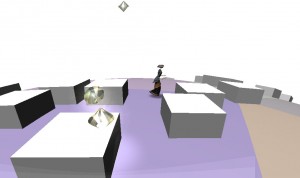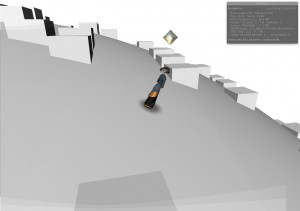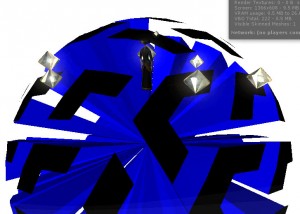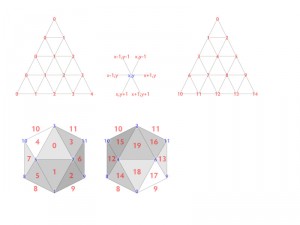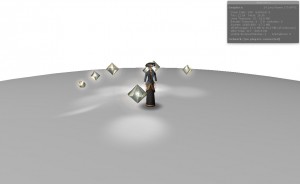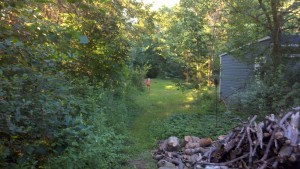Lately, I’ve been amused by certain similarities in two recent movies, Super 8 and X-Men First Class—and how this relates to what I want to get done with Tinselfly.
Warning: spoilers ahead.
Both Super 8 and X-Men have leads who carry around small, inanimate objects of great personal significance to them. Both movies have wordless scenes in their climaxes where said inanimate objects abruptly take on a life of their own, and the audience is presented with a simple, clear, visual metaphor for the resolution of the leads’ internal struggles.
I love it when movies do this sort of stuff. I wish more movies spoke their own language like this, and get frustrated when I think a movie is missing an opportunity to tell stories through objects. I saw Midnight in Paris recently too, and I thought they could have gone in this direction with a pair of earrings a character possessed, and I was sad they did not.
Of course this is just one specific way of having a movie communicate things visually. The Tree of Life, another new release, is overflowing with visual symbolism, and those visuals did absolutely nothing for me.
So I’m trying to relate this to storytelling in games, this sort of formula. And yeah, you could argue that it can go into visual cliché territory, but storytelling in games isn’t really there yet, and we need formulas that work.
The nice thing here is, this isn’t so much different than the way I’d envision storytelling through game mechanics working. These objects already have mechanics. They’re made of metal; they’re affected by magnetism. This doesn’t matter most of the time for most metal objects you’ll run across, but in one case there was a giant electromagnet being constructed by an alien, and in the other we had a character with superpowers revolving around magnetism. The big difference I’d see for games is that, for this sort of symbolism to work, it has to kind of catch you off guard let you see it as just another thing to plan strategy around.
I don’t have any concrete ideas for translating this to Tinselfly or whatever, but it’s not too far of a stretch to imagine a video game starring X-Men‘s Magneto, and you’re having fun using your toss-metal-around powers when suddenly you find yourself using new powers in an old location for the first time, and previously non-reactive bits of character-significant scenery come to life for the first time…
